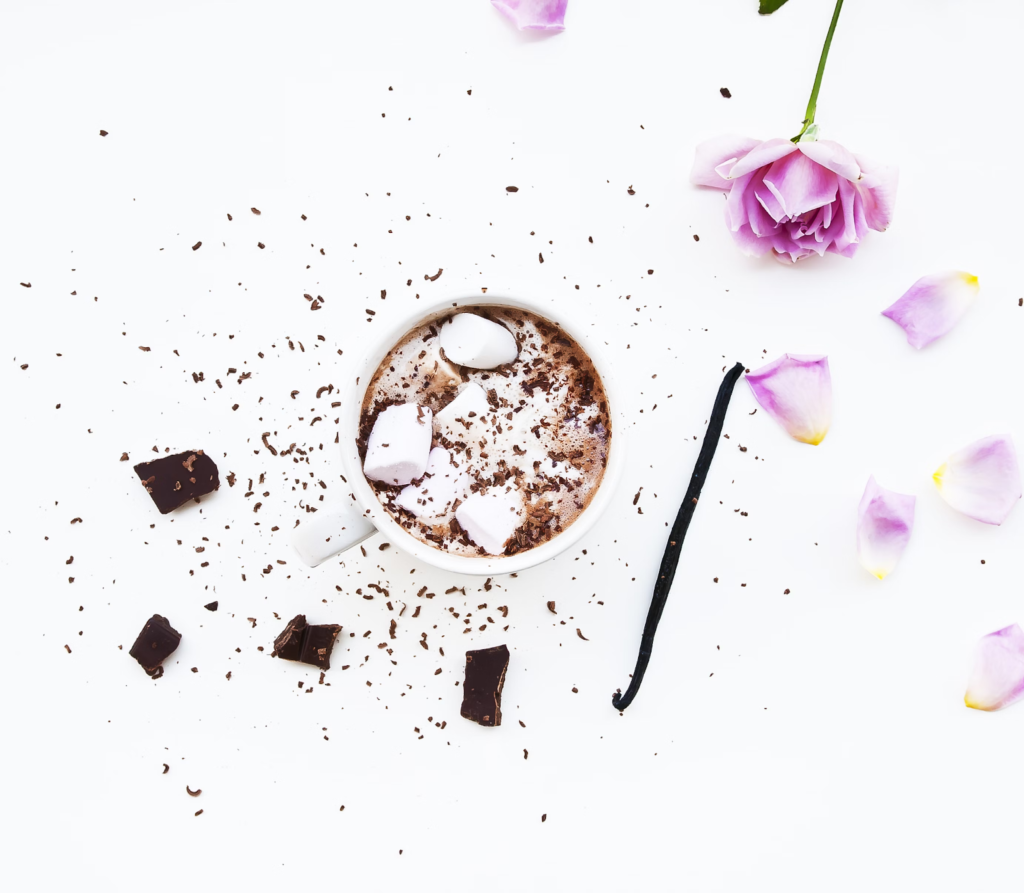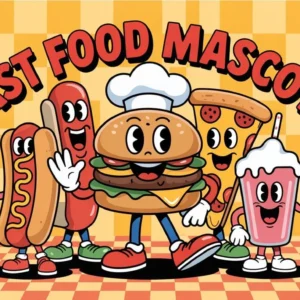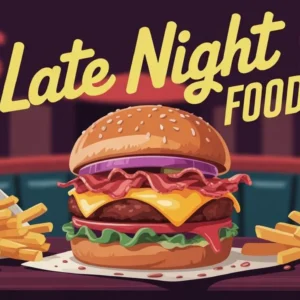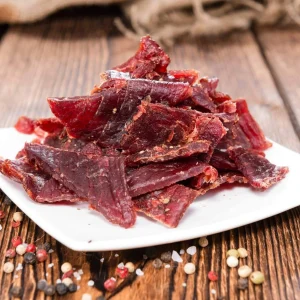Vanilla is a beloved flavor, found in everything from ice cream to perfumes. But did you know that most of the vanilla flavoring we consume isn’t natural? It’s artificial vanilla, and it’s more popular than ever. Let’s explore why.
? For more insights into why artificial vanilla is more abundant than natural vanilla, check out this comprehensive article.
Content
Artificial Vanilla vs. Natural Vanilla
| Aspect | Artificial Vanilla | Natural Vanilla |
| Source | Chemically synthesized | Extracted from vanilla beans |
| Cost | Lower | Higher |
| Availability | Abundant | Limited |
| Environmental Impact | Lower | Higher due to intensive farming |
Artificial vanilla, or vanillin, is produced synthetically and is much cheaper than natural vanilla, which is derived from vanilla beans. This cost-effectiveness is a significant factor in its popularity. Moreover, the availability of artificial vanilla is not subject to the same agricultural constraints as natural vanilla, making it a more stable option for manufacturers.
Market Dynamics

The global vanilla market is projected to grow significantly, with artificial vanilla playing a crucial role. The vanilla flavors market is expected to expand from USD 3.20 billion in 2023 to USD 4.45 billion by 2030, growing at a compound annual growth rate (CAGR) of 14%. This growth is driven by the food and beverage industry’s demand for cost-effective flavoring solutions.
Challenges in the Natural Vanilla Market
Natural vanilla faces several challenges, including high price volatility and sustainability issues. Madagascar, which produces over 80% of the world’s vanilla, has seen significant fluctuations in vanilla prices due to weather conditions and market dynamics. These challenges make natural vanilla less attractive to manufacturers looking for stable pricing and supply.
Consumer Preferences
While some consumers prefer natural flavors, the demand for artificial vanilla remains strong due to its affordability and consistency. Artificial vanilla is widely used in various products, from baked goods to beverages, due to its ability to mimic the taste of natural vanilla effectively.
Sustainability and Ethical Considerations
The vanilla industry faces sustainability challenges, including deforestation and unethical labor practices. Artificial vanilla offers a more sustainable alternative, as it does not require the same intensive farming practices as natural vanilla. This aspect appeals to environmentally conscious consumers and companies.
Latest News in 2024
In 2024, the vanilla market faces challenges due to climate conditions affecting Madagascar’s harvest. Cyclone Gamane has caused significant damage, potentially reducing the vanilla harvest by up to 50%. This situation could increase demand for artificial vanilla as manufacturers seek stable and affordable flavoring options.
Artificial vanilla’s rise in popularity is a testament to its economic and practical advantages over natural vanilla. As the market continues to evolve, artificial vanilla is likely to remain a staple in the flavoring industry, meeting the needs of both manufacturers and consumers alike.

Jesus is a health blog author who has been writing about nutrition, fitness and healthy living for over 10 years. He also loves to run, hike and bike with her wife.






